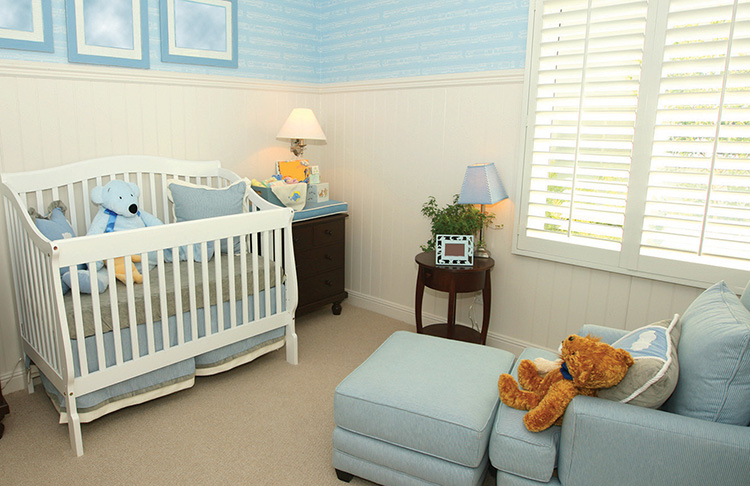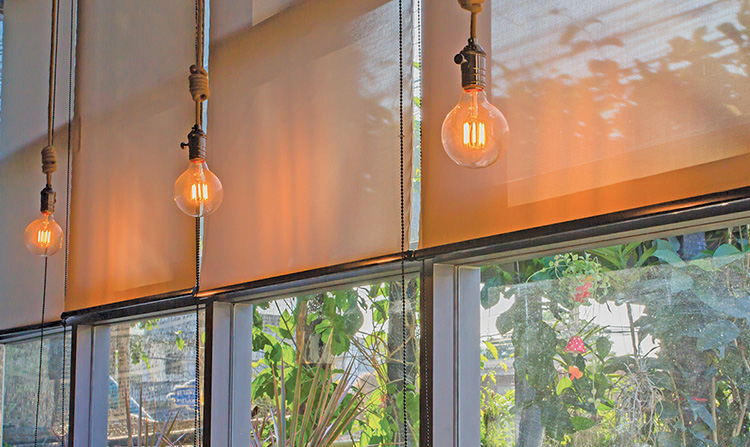
Some people do not pay a lot of attention to window treatments, failing to realize just how great of an impact the right window treatments can have on a space. According to the design experts at Hunter Douglas, window treatments are often an afterthought because residents may not consider them necessities. As a result, homeowners may install whatever is on hand or accept window treatments that came with a house or apartment. But ignoring window treatments, especially when they can fulfill certain needs, is a missed design opportunity.
One of the first steps to choosing window treatments is determining your end goal. Is privacy your main goal? Do you want more natural light in a room? Is there too much light and you need to darken the room? Window treatments can serve multiple functions, and some treatments may make better fits depending on homeowners’ ultimate goals.
SEMI-SHEER WINDOW TREATMENTS Semi-sheer window treatments are often fabric and can help brighten rooms with natural light but offer little privacy. They’re usually appropriate for spaces where people gather, such as living rooms, dens or dining rooms. Semi-sheer curtains may be paired with another complementary window treatment so privacy can be customized as needed. For example, sheer curtains let light into a bedroom, but shades can be drawn at night.
MAXIMUM PRIVACY Bedrooms, workspaces or bathrooms can benefit from extra privacy. While some people may think that privacy comes at the cost of light, that’s not always the case.
Functional curtain panels can be drawn closed when privacy is desired and then opened to let in light. The thickness of the fabric will also dictate the amount of privacy the panels create.
Tiers are hung on a short rod-pocket panel and usually cover the lower one-third of a window. They’re popular choices to let light in from the top, but obscure views from the bottom portion of the window.
Cellular shades are another option that provide privacy but still let light in. Cellular shades come in hard and fabric varieties and their use depends on the room. Many cellular shades are constructed with a honeycomb design, offers the design resource Houzz, so they can insulate as well as decorate windows.
BLACKOUT SHADES/SHUTTERS Perfect for rooms where babies nap, shift workers rest during daylight hours or external lights, such as that from a street lamp, need to be blocked out, blackout shades do just what their name implies. A dense fabric lining helps keep light out entirely.
Shutters also can block out light but add to the character of the room. They can be painted a bright color to make a statement or match wall colors to blend in seamlessly.
When selecting window treatments, shoppers can choose retail options or custom treatments. Many designers recommend custom window treatments because they are measured, manufacturered and installed specifically for homeowners’ windows. However, there are many DIY options available at budget-friendly retailers.
Comments are not available on this story.
Send questions/comments to the editors.



